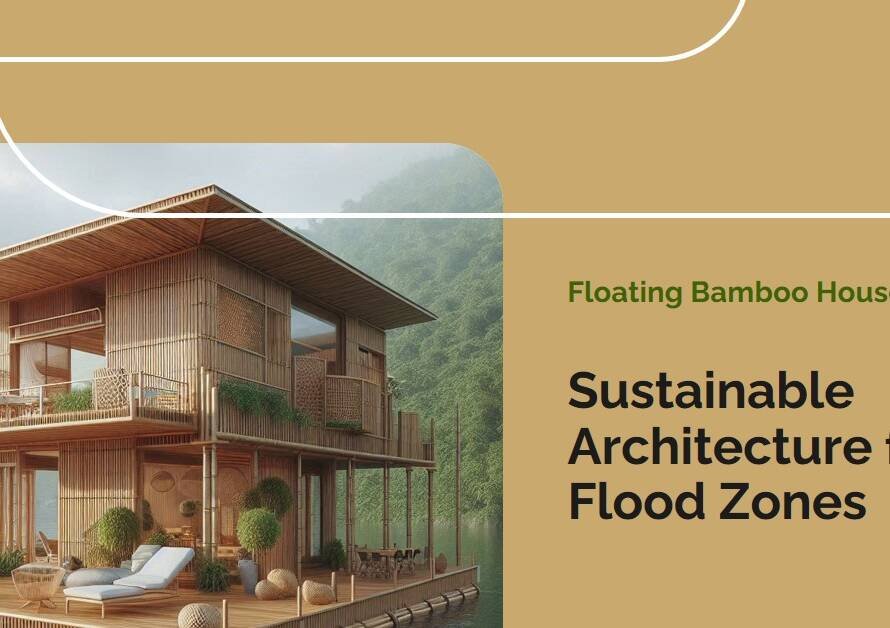
Table of Contents
- Introduction to Environmental Design Engineering
- The Essence of Environmental Design Engineering
- The Role of Innovation in Sustainable Design
- Integrating Renewable Energy Systems
- Water Management and Conservation
- Waste Reduction and Material Efficiency
- Enhancing Urban Resilience
- Promoting Biodiversity and Ecosystem Services
- The Importance of Community Engagement
- Education and Advocacy in Environmental Design
- Conclusion: The Path Forward
Introduction to Environmental Design Engineering
In the age of rapid urbanization and climate change, environmental design engineering emerges as a crucial discipline. This field integrates principles from engineering, architecture, and environmental science to create sustainable and resilient environments. Environmental design engineers focus on minimizing the environmental impact of built environments, promoting resource efficiency, and enhancing the quality of life.
Environmental design engineering is not merely about constructing buildings and infrastructures. It is about embedding sustainability at the core of these processes. This involves innovative approaches to energy use, water management, waste reduction, and the conservation of natural habitats. By understanding and applying these principles, environmental design engineers can significantly contribute to a more sustainable future.
The Essence of Environmental Design Engineering
At its core, environmental design engineering seeks to harmonize human activities with the natural environment. This discipline recognizes the interconnectedness of ecological systems and human developments. Therefore, it emphasizes creating solutions that are both environmentally friendly and economically viable.
One of the primary goals of environmental design engineering is to reduce the carbon footprint of new and existing structures. Engineers achieve this by incorporating renewable energy sources, utilizing sustainable materials, and designing buildings that optimize natural light and ventilation. These strategies not only lower greenhouse gas emissions but also enhance the overall efficiency and sustainability of projects.
The Role of Innovation in Sustainable Design
Innovation is the driving force behind environmental design engineering. As the challenges posed by climate change become more complex, the need for creative and adaptive solutions grows. Environmental design engineers are at the forefront of developing cutting-edge technologies and methodologies that address these challenges.
For instance, green roofs and living walls are innovative solutions that help manage stormwater, reduce heat island effects, and improve air quality. Similarly, advancements in building materials, such as cross-laminated timber and recycled composites, offer sustainable alternatives to traditional construction materials. These innovations exemplify the ingenuity and forward-thinking mindset that characterize environmental design engineering.
Integrating Renewable Energy Systems
A significant aspect of environmental design engineering is the integration of renewable energy systems. Solar panels, wind turbines, and geothermal systems are becoming standard features in sustainable building projects. These technologies not only provide clean energy but also reduce dependency on fossil fuels, mitigating environmental impacts.
Environmental design engineers meticulously analyze the energy needs of a project and determine the most suitable renewable energy solutions. They consider factors such as geographical location, climate, and the building’s orientation to maximize energy efficiency. By incorporating these systems, engineers ensure that buildings can generate their own energy, contributing to a more sustainable and resilient energy infrastructure.
Water Management and Conservation
Water is a precious resource, and its sustainable management is a critical component of environmental design engineering. Engineers in this field develop systems that reduce water consumption, promote reuse, and ensure efficient distribution. These systems include rainwater harvesting, greywater recycling, and advanced irrigation techniques.
Effective water management also involves designing landscapes and urban areas that naturally absorb and filter rainwater. This not only reduces the strain on municipal water systems but also helps replenish groundwater supplies. By prioritizing water conservation, environmental design engineers play a vital role in addressing global water scarcity issues.
Waste Reduction and Material Efficiency
Waste reduction is another key objective of environmental design engineering. The construction and demolition industries generate significant amounts of waste, much of which can be diverted from landfills through sustainable practices. Engineers promote the use of recycled and upcycled materials, as well as modular construction techniques that minimize waste.
Furthermore, environmental design engineers advocate for the implementation of circular economy principles. This involves designing buildings and products that can be easily disassembled and repurposed at the end of their life cycle. By fostering a culture of reuse and recycling, engineers help reduce the environmental footprint of construction projects and contribute to a more sustainable built environment.
Enhancing Urban Resilience
Urban areas are particularly vulnerable to the impacts of climate change, including extreme weather events, rising sea levels, and increased temperatures. Environmental design engineering addresses these challenges by enhancing urban resilience. This involves designing infrastructure and buildings that can withstand and adapt to these changing conditions.
For example, flood-resistant building designs, permeable pavements, and green infrastructure solutions such as urban forests and wetlands can significantly enhance a city’s resilience. These measures not only protect against climate-related risks but also improve the overall quality of urban environments, making them more livable and sustainable.


Promoting Biodiversity and Ecosystem Services
Biodiversity is a crucial component of healthy ecosystems, and environmental design engineers strive to promote and preserve it. By integrating natural elements into urban and rural developments, engineers create habitats that support diverse plant and animal species. This approach enhances ecosystem services such as pollination, water purification, and climate regulation.
Green spaces, parks, and wildlife corridors are examples of design features that support biodiversity. Environmental design engineers work closely with ecologists and landscape architects to ensure that these spaces are effectively integrated into the built environment. This collaboration fosters a holistic approach to development that values and protects natural ecosystems.
The Importance of Community Engagement
Successful environmental design engineering projects require active community engagement. Engineers must consider the needs, preferences, and values of the people who will use and be affected by their designs. This involves conducting thorough consultations, participatory planning processes, and continuous dialogue with stakeholders.
Community engagement ensures that projects are not only technically sound but also socially acceptable and beneficial. By involving local communities in the design process, environmental design engineers can create solutions that are more likely to be embraced and sustained over time. This participatory approach fosters a sense of ownership and responsibility among community members, contributing to the long-term success of sustainable projects.
Education and Advocacy in Environmental Design
Education and advocacy are essential for advancing the field of environmental design engineering. Engineers must continuously update their knowledge and skills to stay abreast of the latest developments and best practices. Additionally, they play a crucial role in raising awareness about the importance of sustainable design and the benefits it brings to society.
Through workshops, seminars, and public speaking engagements, environmental design engineers can share their expertise and inspire others to adopt sustainable practices. They also advocate for policies and regulations that support environmental sustainability at local, national, and global levels. By championing education and advocacy, engineers help drive the cultural and systemic changes needed to achieve a sustainable future.
Conclusion: The Path Forward
Environmental design engineering is a dynamic and evolving field that holds the key to a sustainable future. By integrating principles of sustainability into every aspect of design and construction, engineers can create environments that are resilient, resource-efficient, and harmonious with nature. The challenges we face are significant, but with innovation, collaboration, and a commitment to sustainability, environmental design engineers can lead the way toward a more sustainable world.
As we continue to navigate the complexities of climate change and urbanization, the role of environmental design engineering will only become more critical. By embracing this discipline and its principles, we can build a future that is not only sustainable but also prosperous and equitable for all.


